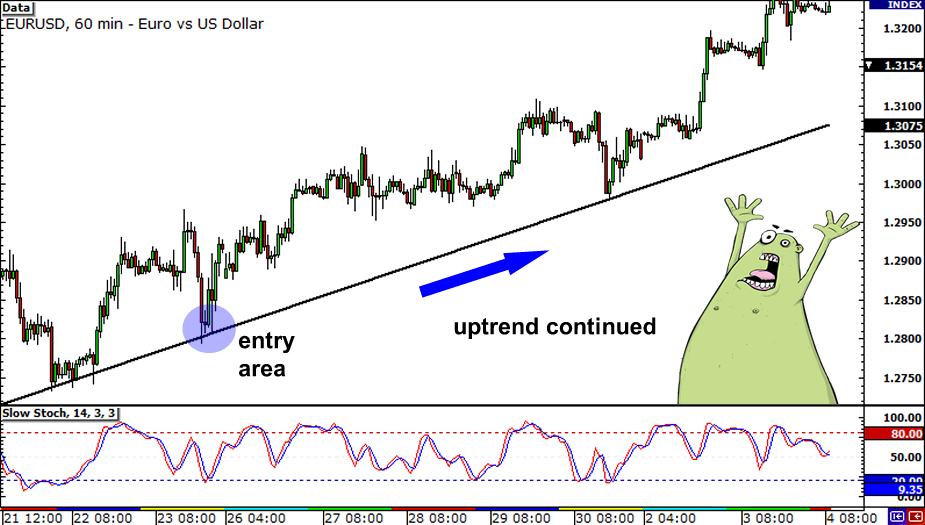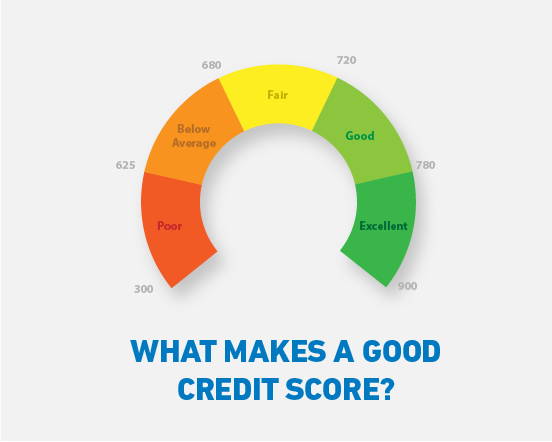
While there are many investment funds that are low-risk, few options are as diverse as Vanguard Target Retirement 2015. If you have a conservative investment plan, the Vanguard Inflation Protected Securities Fund will be a solid option. The fund's cost may not rise as fast as gold, however. If you are concerned about this risk, consider investing in an ultra-short bond fund. Wellington Management and Fidelity Income Conservative Bond Fund are two other low-risk options.
Vanguard Target Retirement (2015)
If you're planning to retire by 2015, Vanguard Target Retirement 2015 low-risk funds can be used as a way to invest your retirement savings. These funds are intended to protect your principal value and monthly earning, but you cannot guarantee that they will bring you wealth. Vanguard Target Retirement 2015 low cost funds have a minimum initial investment of $10,000. Vanguard Target Retirement funds offer low risk and low expenses.
Vanguard Target Retirement 2015 employs an asset-allocation strategy to provide capital growth as well as current income. The Vanguard Target Retirement 2015 fund invests in five Vanguard Index funds. About 50 percent of the assets are invested in equities, and half in bonds. Vanguard's targeted maturity approach to Target Retirement 2015 funds gradually decreases the amount of equities within the portfolio. This approach enables the fund to provide broad diversification while maintaining a low risk level.

Wellington Management
A portfolio of low-risk funds managed by Wellington Management may be a good choice for your investment portfolio. This fund's minimal risk profile enables it to achieve high levels of returns while still delivering attractive returns. It also includes stocks, bonds, as well as other asset classes that are low in correlation to the S&P 500 Index. The low risk profile of the Wellington Management low-risk funds allows you to diversify your portfolio while still enjoying low-risk characteristics.
Make sure you read all the information before you decide which Wellington Management low-risk funds to invest in. Before you invest in these funds, it is important to compare their performance with the benchmark index. They are also not insured so there is no guarantee they will fail. Ask for investment advice before making any decisions about low-risk funds.
Fidelity Income Conservative Bond Fund
A mutual fund with low risk should aim to have long-term income and growth. This type fund aims for lower volatility than the benchmark market index. The Fidelity Income Conservative Bond Fund is among the best low-risk funds to invest in, according to its manager, Rob Galusza. The fund's average annual return over the past year was 0.31 per cent.
A fund's duration determines its risk profile. Short-term bond fund are usually low risk due to their shorter durations. The majority of this fund's securities are sovereign debt. In fact, more than 70% have been rated AAA or A. Fidelity Income Conservative Bond Fund is heavily invested in large-cap, with little exposure to emerging markets. Its historical risk metrics are provided by Mutual Fund Observer.

Vanguard Inflation-Protected Securities Fund
The Vanguard Inflation-Protected Security Fund seeks to provide income and inflation protection by investing in lower-grade, government-related securities. The fund will invest at least 80% in bonds which are inflation-indexed U.S. agencies or government. The remaining 20% are invested in corporate bonds. This fund aims to minimize volatility while maximising returns.
Inflation-indexed funds have outperformed Bloomberg Barclays U.S Treasury Inflation Protected Securities Index Index in the latest quarter. However, it underperformed the peer group for the year ended March 31, 2017. While it did not perform as well as its benchmark, it outperformed its peers during the second and third quarters 2017 and 2016. Vanguard Inflation Protected Securities Fund may be a good investment choice for investors who wish to reap the benefits of low fees. But, there are downsides.
FAQ
How can I get started investing and growing my wealth?
Learn how to make smart investments. By doing this, you can avoid losing your hard-earned savings.
You can also learn how to grow food yourself. It is not as hard as you might think. You can easily plant enough vegetables for you and your family with the right tools.
You don't need much space either. It's important to get enough sun. Plant flowers around your home. They are simple to care for and can add beauty to any home.
You can save money by buying used goods instead of new items. You will save money by buying used goods. They also last longer.
What is an IRA?
An Individual Retirement Account is a retirement account that allows you to save tax-free.
You can save money by contributing after-tax dollars to your IRA to help you grow wealth faster. They offer tax relief on any money that you withdraw in the future.
For those working for small businesses or self-employed, IRAs can be especially useful.
Many employers offer matching contributions to employees' accounts. So if your employer offers a match, you'll save twice as much money!
Is it possible to make passive income from home without starting a business?
It is. Many of the people who are successful today started as entrepreneurs. Many of them had businesses before they became famous.
You don't necessarily need a business to generate passive income. Instead, you can just create products and/or services that others will use.
For instance, you might write articles on topics you are passionate about. You could even write books. Consulting services could also be offered. It is only necessary that you provide value to others.
Should I buy individual stocks, or mutual funds?
Mutual funds are great ways to diversify your portfolio.
They may not be suitable for everyone.
For instance, you should not invest in stocks and shares if your goal is to quickly make money.
You should instead choose individual stocks.
Individual stocks offer greater control over investments.
There are many online sources for low-cost index fund options. These allow you to track different markets without paying high fees.
Statistics
- Over time, the index has returned about 10 percent annually. (bankrate.com)
- As a general rule of thumb, you want to aim to invest a total of 10% to 15% of your income each year for retirement — your employer match counts toward that goal. (nerdwallet.com)
- If your stock drops 10% below its purchase price, you have the opportunity to sell that stock to someone else and still retain 90% of your risk capital. (investopedia.com)
- Some traders typically risk 2-5% of their capital based on any particular trade. (investopedia.com)
External Links
How To
How to invest stock
Investing has become a very popular way to make a living. This is also a great way to earn passive income, without having to work too hard. There are many investment opportunities available, provided you have enough capital. There are many opportunities available. All you have to do is look where the best places to start looking and then follow those directions. This article will help you get started investing in the stock exchange.
Stocks are shares that represent ownership of companies. There are two types of stocks; common stocks and preferred stocks. While preferred stocks can be traded publicly, common stocks can only be traded privately. The stock exchange allows public companies to trade their shares. They are valued based on the company's current earnings and future prospects. Investors buy stocks because they want to earn profits from them. This process is called speculation.
Three steps are required to buy stocks. First, determine whether to buy mutual funds or individual stocks. Second, select the type and amount of investment vehicle. Third, you should decide how much money is needed.
Select whether to purchase individual stocks or mutual fund shares
If you are just beginning out, mutual funds might be a better choice. These are professionally managed portfolios with multiple stocks. You should consider how much risk you are willing take to invest your money in mutual funds. Some mutual funds carry greater risks than others. You may want to save your money in low risk funds until you get more familiar with investments.
If you prefer to make individual investments, you should research the companies you intend to invest in. Before buying any stock, check if the price has increased recently. Do not buy stock at lower prices only to see its price rise.
Select your Investment Vehicle
After you've made a decision about whether you want individual stocks or mutual fund investments, you need to pick an investment vehicle. An investment vehicle simply means another way to manage money. For example, you could put your money into a bank account and pay monthly interest. You can also set up a brokerage account so that you can sell individual stocks.
You can also create a self-directed IRA, which allows direct investment in stocks. The self-directed IRA is similar to 401ks except you have control over how much you contribute.
Selecting the right investment vehicle depends on your needs. Do you want to diversify your portfolio, or would you like to concentrate on a few specific stocks? Do you seek stability or growth potential? How confident are you in managing your own finances
All investors should have access information about their accounts, according to the IRS. To learn more about this requirement, visit www.irs.gov/investor/pubs/instructionsforindividualinvestors/index.html#id235800.
Determine How Much Money Should Be Invested
It is important to decide what percentage of your income to invest before you start investing. You can set aside as little as 5 percent of your total income or as much as 100 percent. Depending on your goals, the amount you choose to set aside will vary.
If you're just starting to save money for retirement, you might be uncomfortable committing too much to investments. For those who expect to retire in the next five years, it may be a good idea to allocate 50 percent to investments.
You need to keep in mind that your return on investment will be affected by how much money you invest. So, before deciding what percentage of your income to devote to investments, think carefully about your long-term financial plans.